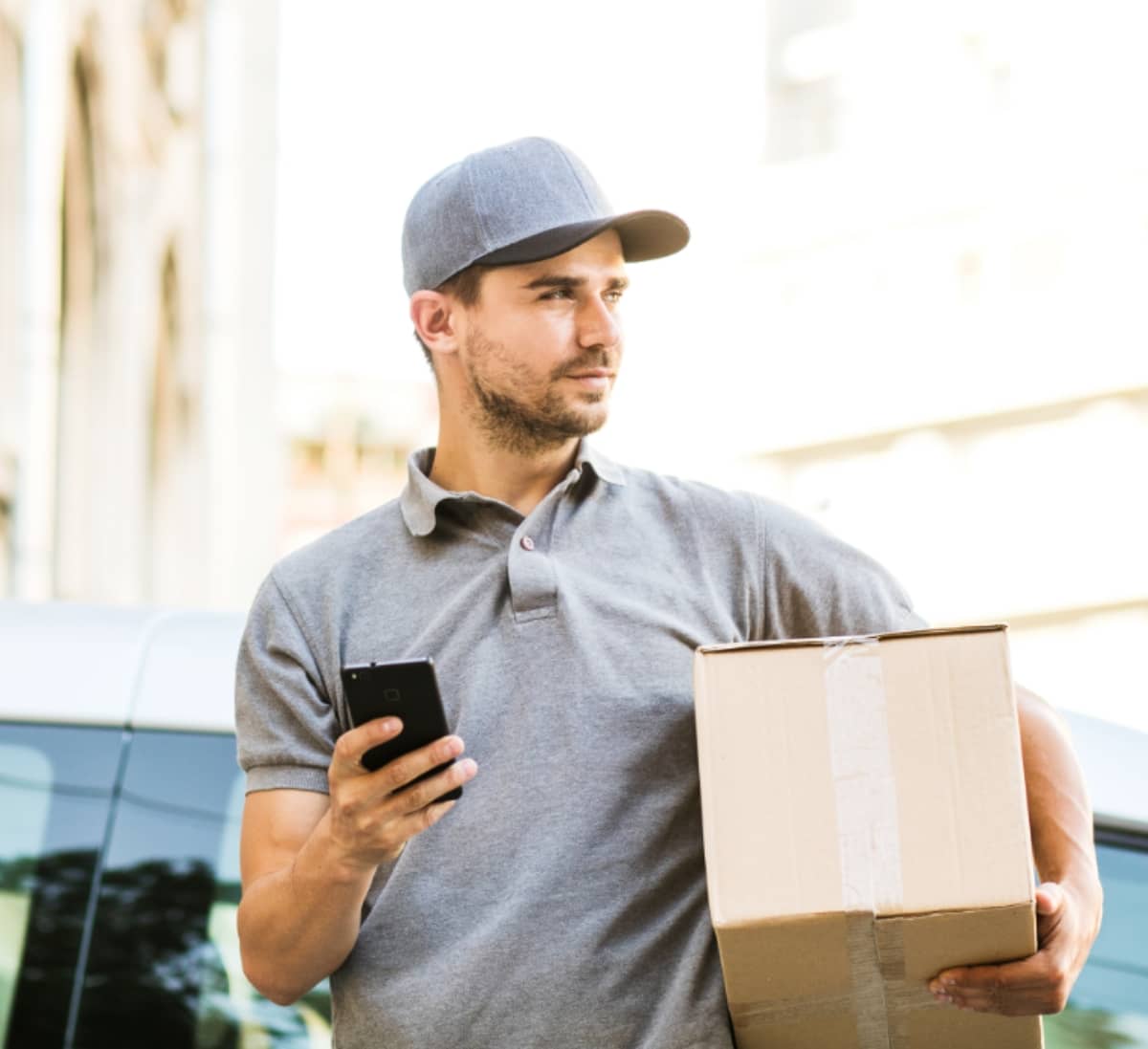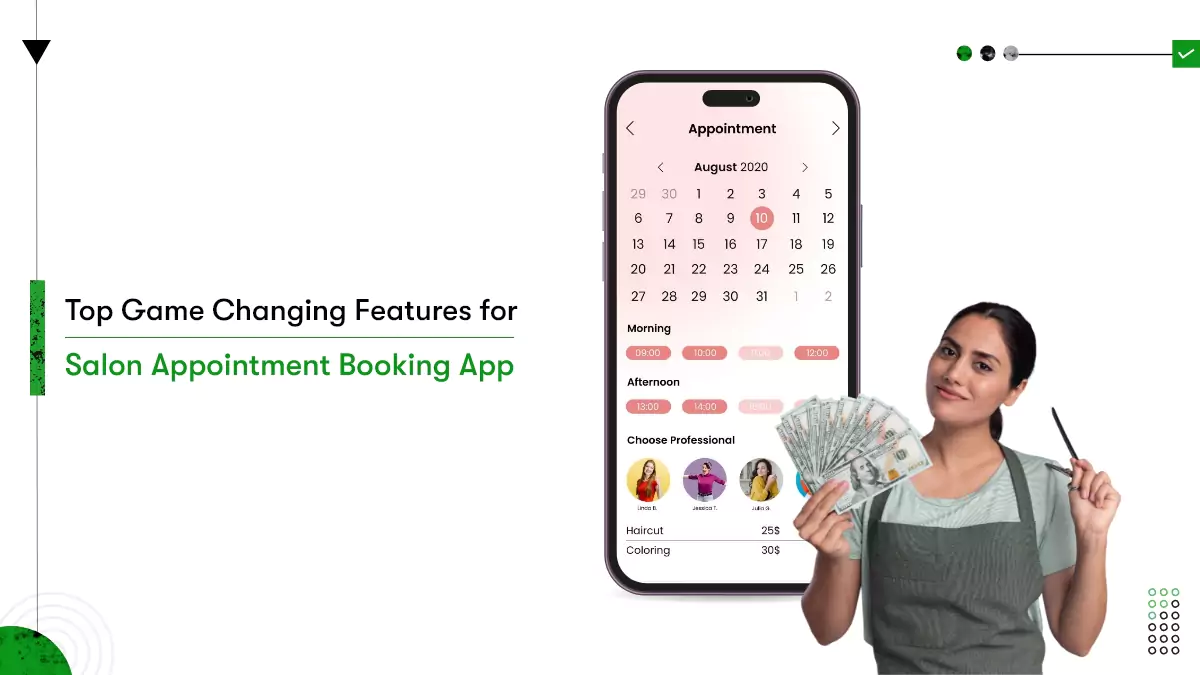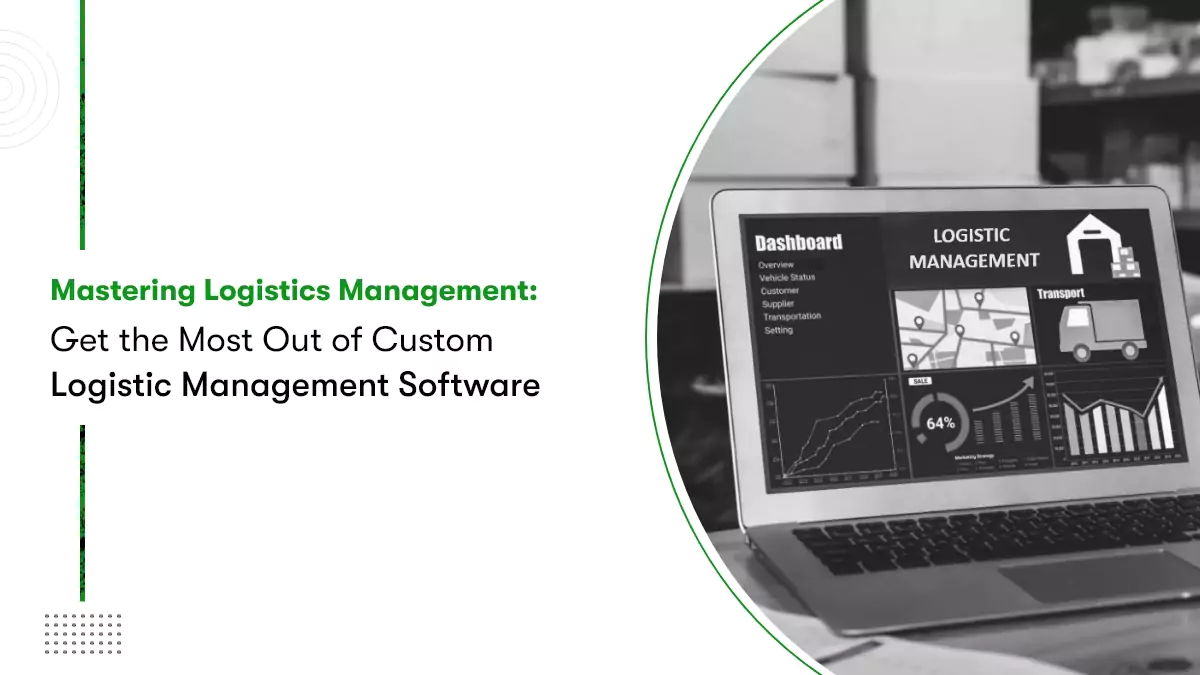“If you know the enemy and know yourself, you need not fear the result of a hundred battles. If you know yourself but not the enemy, for every victory gained you will also suffer a defeat. If you know neither the enemy nor yourself, you will succumb in every battle.”
一 Sun Tzu
It was difficult to start online businesses, build trust, and convince people to opt for mobile services over traditional a decade ago. Today, people prefer online shopping and on-demand services willingly. Besides, on the journey of overcoming these intricacies, you get a chance to know more about your market and its latent opportunities.
Talking about the hyperlocal model, you know, retail businesses are at their core. Since retail is detail, you are more likely to encounter numerous challenges of Hyperlocal eCommerce Business. But what if you know most of them already? You could strategically handle them and streamline your venture. Right! Therefore, in this part of the Hyperlocal Delivery App Development series, we’ll explain its most possible pitfalls and tactics to defeat them.
Remember!!
It is a special series on the Hyperlocal Business model designed to get you acquainted with its bits and bytes. Seeing that we are covering a very sensitive topic in the post that can save your Hyperlocal business from failing. If you have directly landed on this part, no biggie. Find an ultimate index of the series below and read out every part of it. Go for it!
1. What is the Hyper-Local business Delivery model and How it Works?
2. Why It’s the perfect time to Invest in Hyper-Local Delivery App Development For Your Startup?
3. Top Hyperlocal Delivery App Idea to Start Your Business
4. What Are The Problems and Challenges For Hyperlocal Delivery App? Dos & Don’ts
5. Why do Hyperlocal Delivery Startup Fails and How To Avoid Failure?
6. Must Have & Advance Features For Hyperlocal Delivery App Startup
7. How to Choose Right Technology Stack For Your Hyperlocal Delivery App Startup?
8. Top Marketing Strategies For Your Hyperlocal Delivery App Startup
9. How much does it cost to develop a hyperlocal delivery app?
Common Challenges In Hyperlocal Delivery Mobile Application
– Selecting the right geography
The first challenge you confront with the hyperlocal model is to select the right geographical location. Online shopping has been widely accepted but the hyperlocal delivery model is yet to reach that level. Retailers are there where the maximum customers will be. Likewise, customers go where they fulfill livelihood necessities effortlessly.
However, non-tech-rigged people generally prefer offline delivery from nearby retailers for their regular purchases across the world. Here, the question arises of how to recognize the right region to target with the hyperlocal business model. Since retailers and customers are two sides of a hyperlocal coin, you have to consider both of them and research the market.
Because jumping directly into advanced cities will be more difficult as you will have to compete with existing solutions. Hence, target a mature locality where people are facing obstacles to run their errands and retailers have insufficient delivery services.
– Selecting Right Services
Generally, startups overlook this challenge and end up listing services on their platform that hardly grab the audience’s attention. And then mourn over spilled milk which is worthless. Actually, right after deciding the area to target, you should dig out services customers consume more often than not.
More often than not, there will be enough retailers nearby to partner with and bring on your panel. Also with the hyperlocal model, you can list services from grocery, medicine, vegies, fast food, restaurant food deliveries to electrical, plumbing, laundry, handyman, ride-sharing, etcetera services. However, it doesn’t mean you should list them all in one shot, but you can gradually scale with them.
– Choosing The Right Business Model
Now that you know which locality to target and services to offer, a prominent factor comes into the picture, The Business Model. Only if you have read our previous blog of the series, you know how to choose the right business model for hyperlocal startups (if you haven’t yet, go to the index and jump right over there).
However, while choosing the business model, focus on how much you can charge and from which service provider to sound fair, and earn decent revenue. Given that charging commission from vendors is a primary revenue source for a hyperlocal business. Thus, it calls for extra attention to get a high ROI. So, how will you decide what is the optimum rate?
Let’s explain with an example;
| Category | Avg price/order | Ratio out of total order | Commission rate | Vendor earning/order | Ave Margin/order |
| Grocery | $85 | 20% | 15% | $72.25 | $12.75 |
| Food | $20 | 40% | 15% | $17 | $3 |
| Fruit & Veggies | $10 | 30% | 20% | $8 | $2 |
| Dairy & bakery | $80 | 10% | 15% | $68 | $12 |
Suppose you are charging 15% on each order from grocery stores and an average order price is $85, so your average margin will be $12.75. The average order price varies depending on the product category and so will be the margin. Besides, if you are offering handyman services as well, the margin will fluctuate based on handymen hourly charges.
Nonetheless, the figures we have used in the example are for understanding only. The average order price highly depends on the demographic you target. Hence, it is worth researching and learning about your customer buying patterns and calculate the margin of different categories. The practice helps to come up with strategies to streamline revenue streams.
Measure The Right KPI
How much you earn doesn’t signify the success of your business but measuring the right Key Performance Indicators does. Once you have launched your Hyperlocal delivery mobile app, then you need to keep your eyes on;
Mobile App Downloads
Basically, the number of your app downloads signifies how many people are aware of your brand and have installed your app from their OS app store. Thus, tracking downloads number is the simplest way to track brand popularity.
Uninstallations
Someone can uninstall your app for any reason and not always leave feedback. But by tracking uninstallations regularly you can predict the reason if it occurs in clusters or whether it relates to a recent update or change in the app.
Registrations
Tracking the number of registrations allows you to track your customer locality, whether they place an order or just add items to the cart and leave, etcetera.
Daily Active Users (DAU)
It showcases how many people use your app on a daily basis. The number of daily active users assists you in evaluating your project’s current and strategizing future growth.
Monthly Active Users (MAU)
The same as DAU, tracking monthly active users, you will know your unique visitors who operate the app once or twice a month.
Social Shares
You should track how many times your app is recommended on social media and work on enhancing the number.
Churn Rate
Churn rate indicates the ratio of app uninstallation from active users, which helps you learn and mend potential loopholes.
Average Revenue Per User (ARPU)
Tracking ARPU can be a big help in improvising app revenue. It tells you the average gain per user via orders, subscriptions, ad clicks, or other monetization forms you have integrated.
Time To First Purchase
Measuring this KPI tells you the time taken by a user to make their first purchase on the platform.
Customer Acquisition Cost (CAC)
By dividing the gross revenue generated in a given time by the sales and marketing cost, you can know the average CAC. It suggests which marketing tactic works best for your project.
User Journey Mapping
Tracking a journey of a user allows you to empathize with your users and making your app even more user-friendly.
Screen Views Per Session
Measure how many unique screens a user visits per session and the more screens the better for your app.
– Vendor Acquisition & Commission
The hyperlocal business model is around for some time yet it has created enough hype. Giant eCommerce platforms like Amazon have already started spreading their wings to fly high in the hyperlocal sphere. Thereupon, it brings tough competition for startups as tying up with local vendors becomes easier for such pioneers.
To overcome this challenge, however, you may have to keep your commission rate cheaper and develop strategies to attract maximum retailers. You should partner with as many vendors as you can and assure them of hassle-free online business with security.
– Delivery & Operations
Unlike any other on-demand delivery business, Hyperlocal needs rigorous architecture to cope with the fast-moving process. Timely delivery on customers’ tight schedules makes your hyperlocal business win. But it is not as easy as it seems. Sellers that trade items like raw meat, groceries, medicines, etcetera, often trapped in managing their fleet.
Above all, orders keep coming arbitrarily makes it more challenging. To automate the whole hyperlocal delivery operation, keep the vendor and fleet management panel separated. With this approach when a new order is placed, it notifies a particular vendor and the nearest delivery boy that will collect and deliver the order in an hour.
DOs & DON’Ts to overcome challenges of a Hyperlocal Delivery Business
What you should do:-
– Partner with as many retailers as you can
The paramount thing to do for your hyperlocal business success is, to unite the utmost vendors of the targeted area. From product-based retailers like grocers, pharmacists, food to service-based providers such as beauticians, laundrymen, handymen, you can add everyone and categorize them on your hyperlocal platform. As a result, you can offer a broad spectrum of local services that a native customer often rolls in.
– Strive for the best customer experience
When you set up an online hyperlocal aggregator platform, ensure it offers an individual customer experience. For example, your hyperlocal delivery mobile app should be accessible with intuitive features accelerating the order procedure and uplifting customer satisfaction. An ultimate solution to make sure a customer-centric app is to opt for a veteran On-Demand Delivery App Development company. Besides, you can even test the usability of your app solution by creating a clickthrough prototype.
– Clear revenue model
Undoubtedly, market research comes in handy to make crucial decisions in the business, like deciding the fruitful revenue model. Even so, charging a commission per order from vendors is a general model to streamline the revenue of the most aggregator hyperlocal delivery apps.
Further, collecting delivery charges from customers depending upon the store distance and order amount is another revenue stream. Now, you must charge a fair amount from both ends to get a competitive edge in the market.
What you shouldn’t:-
– Don’t bound by geography boundaries
It’s true you should start a hyperlocal business targeting a locality first, but there’s no rule that you cannot target multiple areas. Companies that forget to keep room for future growth often get stuck and couldn’t scale their hyperlocal marketplace.
To avoid this hyperlocal delivery mobile app challenge, list out project requirements aiming for future growth. Moreover, create a mobile application that can be scaled when you target other areas and partner with new vendors.
– Don’t enter the market without a plan
As said earlier, the hyperlocal is an aggressive market where big to small and existing to new brands are competing. Retailers have many options to offer their services online and so have the customers. Entering such a cut-throat competition with many expectations and a half-baked plan is idiotic.
So, if you desire to bang the market, you need to learn its ropes first. You oblige to study the people of the area, their behavior, and their buying tendencies. It will help you personalized and bring a customer-centric solution that will automatically captivate vendor attention, too.
– Don’t compromise on last-mile delivery quality
The hyperlocal industry is popular for its impeccable and quick delivery services. Customers are already into it and are not likely to settle for anything less than that. Therefore, you have to be attentive and ensure no issue occurs during your last-mile deliveries. Otherwise, it can insinuate a bad impression of your brand in front of the customers that you won’t want.
Conclusion
When you start a new business around a progressively growing market, it becomes easier to grow with it. If you make a mistake, you can easily cover up and overcome any challenges. Once it reaches its pinnacle, startups struggle more to get recognition in the market. Hence, we have designed a series to suggest startups on how to leverage today’s novice and tomorrow’s big market, “hyperlocal”.
The challenges mentioned above are subject to change over time and with the market progress. We’ll make sure to keep it updated for you. Nevertheless, following DOs & DON’Ts will help you establish a strong foundation for your hyperlocal business. For how to evolve your company with a hyperlocal delivery app solution, you need to read another part of the series. So, don’t forget to read them all. Ciao!












 Contact Information
Contact Information